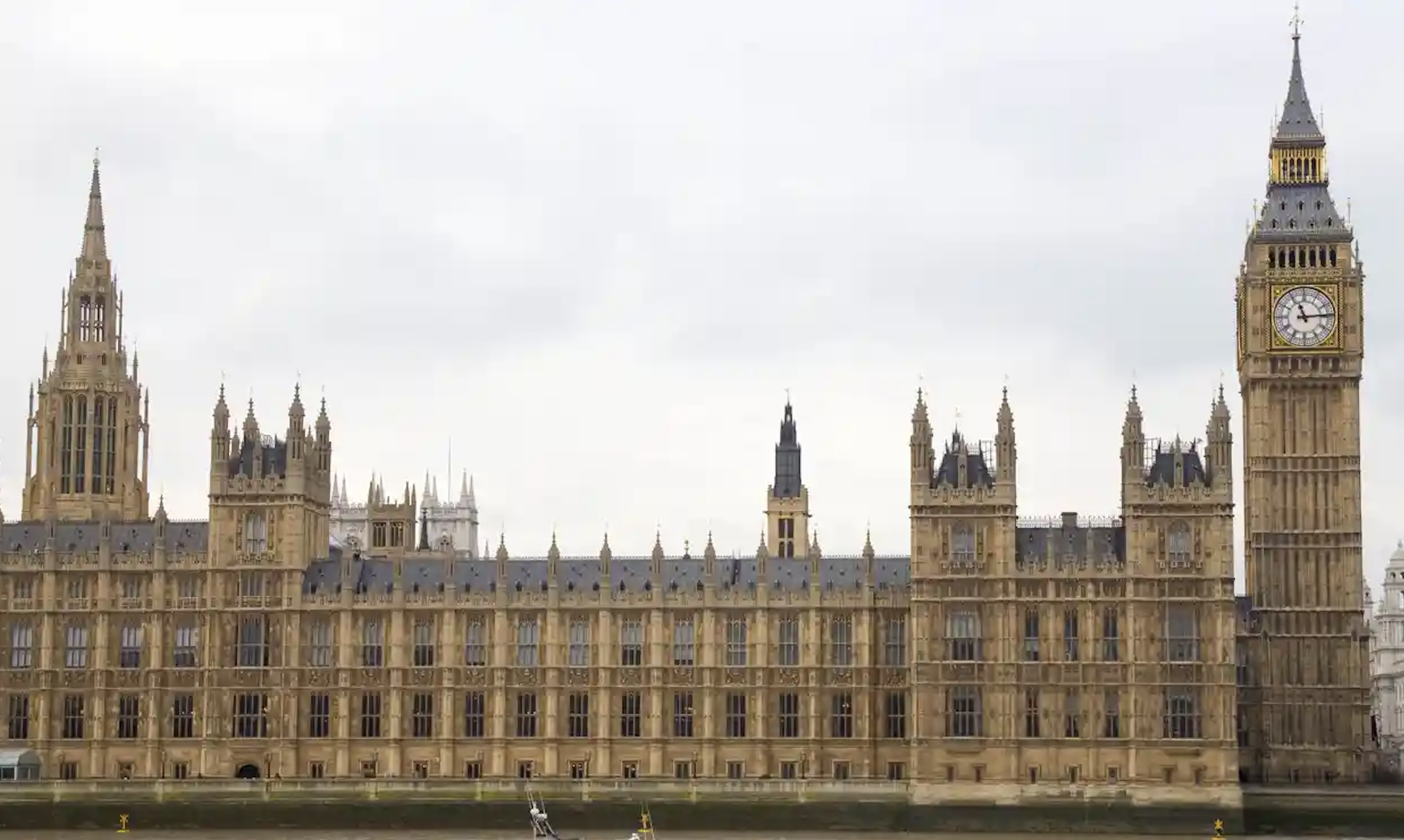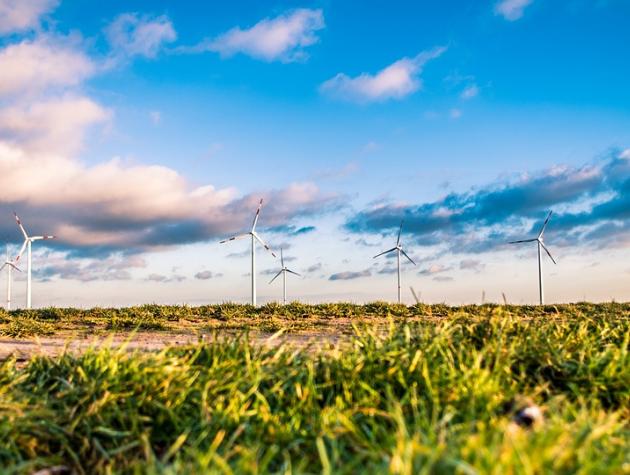Oxford-NRDC Global Climate Action Platform Workshop Summary
Countries are aiming to agree an ambitious climate deal by 2015, though success is far from assured. At the same time, there has been a surge of mitigation and adaptation actions at the sub- and non-state levels, as cities, regions, companies, and other groups forge ahead. These actions, many of which link to each other and to states and international organizations in dynamic action-oriented coalitions, have enormous potential to supplement and help catalyze the next climate agreement.
A growing number of observers, countries, and organizations have called for more comprehensive support for, engagement, with and tracking of these ³bottom up² actions, coalitions, and initiatives. But what goals might a global platform achieve and how could it be designed?
On July 24-25, 2014, the Blavatnik School of Government and the Global Economic Governance Programme at Oxford University and the Natural Resources Defense Council (NRDC) convened 38 individuals from intergovernmental organizations, governments, civil society, the private sector, and academia to bring this conversation to a greater degree of specificity.
The primary conclusion of the workshop was robust agreement on the need for some way to recognize and build on the phenomenal groundswell of climate action we see in every sector of society. The workshop allowed participants to significantly refine our shared understanding of what might be pragamtically done in this regard.




Background memos
- Chan et al, ³UNFCCC parties and observers¹ views on sub/non-state actions and cooperative initiatives,² available online
- Chambers et al., ³Platform design options: a survey of models,² available online
Summary notes







